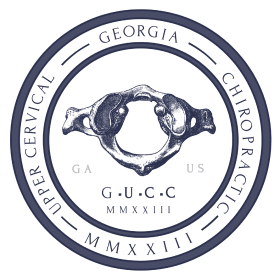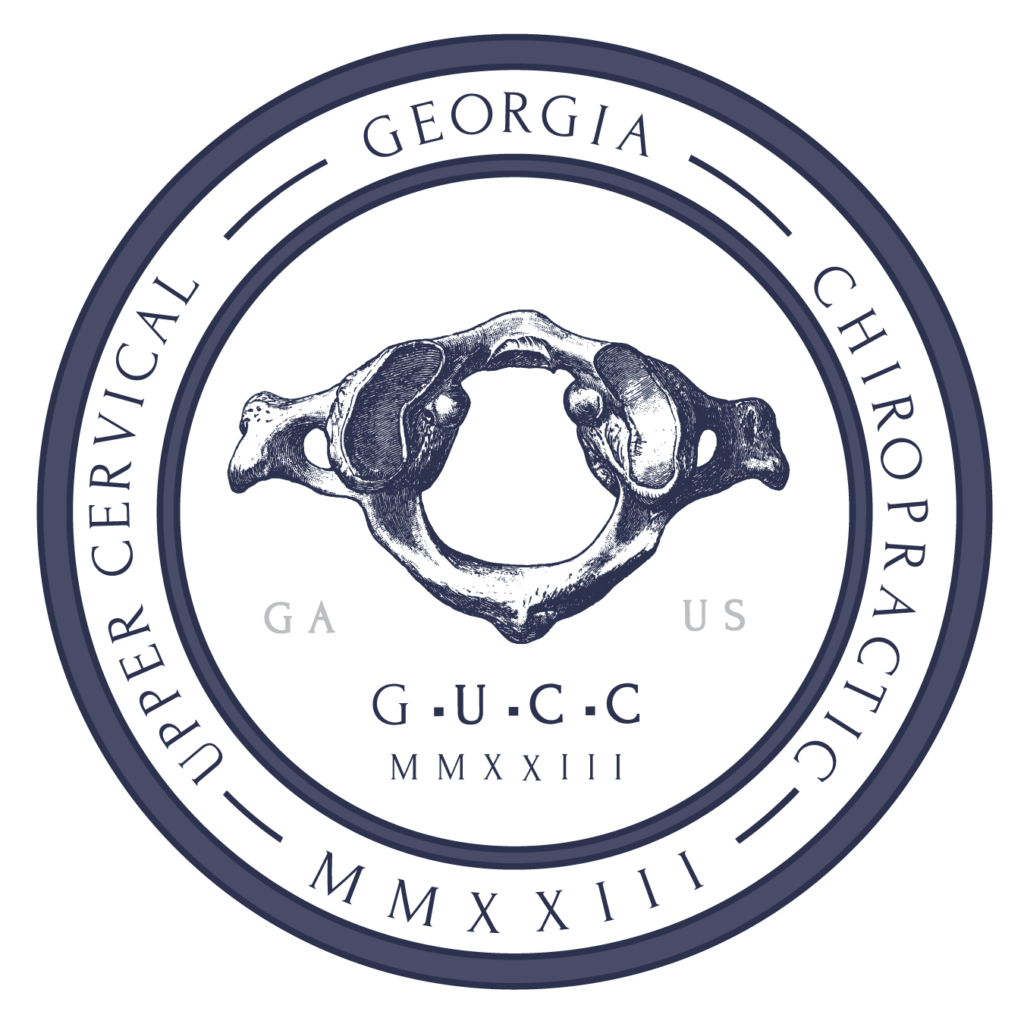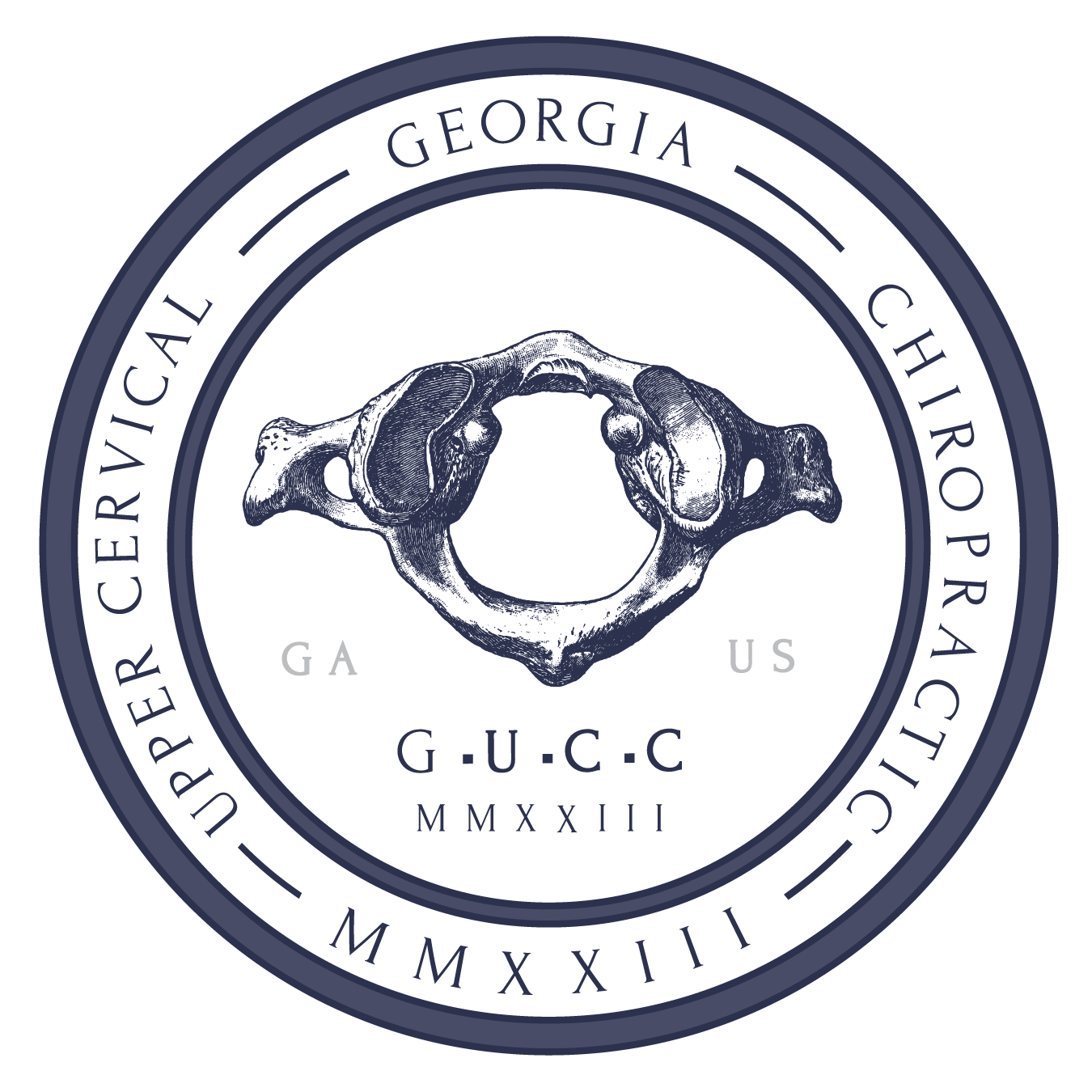Migraine Associated Vertigo: Symptoms, Causes & Treatments
A migraine can present in different ways. In the case of vestibular migraine, your symptoms may involve dizziness and balance problems or vertigo. This type of migraine is also known as migraine associated vertigo, and it may be more common than you think.
Vestibular Migraine
A vestibular migraine is a type of migraine that causes related dizziness and problems with the vestibular system in migraine sufferers.
The vestibular system is responsible for balance and spatial coordination. Vestibular function is located within the inner ear, where most problems with vertigo begin.
Can you get vertigo with a migraine? You can get vertigo with a migraine. In fact, episodic vertigo with vestibular migraines makes up a significant portion of patients with a history of migraines.
Other than migraine associated vertigo, a vestibular migraine may also be known as:
- Migraine-related vestibulopathy
- Migrainous vertigo
How long does it take to get rid of migraine vertigo? It can take anywhere from a few minutes to several hours to get rid of or successfully treat migraine vertigo. In severe cases, symptoms associated with a vestibular migraine can come and go for several days.
Symptoms
Migraine symptoms with a vestibular migraine may include migraine headaches, but that isn’t always the case. The most common symptom of migraine associated vertigo is vertigo itself.
That’s the spinning sensation or a feeling of movement while remaining still, and typically more severe than the dizziness you may feel from low blood pressure or getting up too quickly.
Symptoms of migraine associated vertigo include:
- Dizziness or a spinning sensation for more than a few minutes
- Difficulties with balance, unsteadiness
- Ataxia, or impaired coordination
- Lightheadedness
- Nystagmus, or involuntary, rapid eye movements
- Nausea or vomiting
- Confusion, disoriented feelings
- Sensitivity to sound, motion intolerance
- Migraine aura
Some vertigo sufferers also report sensitivity to visual stimulation, smell, and light (photophobia). These are classic migraine symptoms. Vision changes specifically may signal an ocular migraine.
Causes
Vertigo in all its forms is a symptom, not a condition. The cause of most bouts of peripheral vertigo is related to an inner ear problem. Central vertigo may be caused by stroke, head trauma, or brain tumors.
Migraines are complicated, but generally a migraine is a neurological condition caused by various factors. There is no cause for migraines.
In the case of migraine associated vertigo, underlying causes of vertigo may include:
- Benign paroxysmal positional vertigo (BPPV): BPPV is caused by changes to your head’s position, causing the calcium crystals in your inner ear to become displaced. Researchers have found a link between early-onset migraines and BPPV.
- Ménière’s disease: Migraines seem to be more common in patients with Ménière’s disease, an inner ear disorder that can cause vertigo, tinnitus, and hearing loss. More research is needed to determine the exact reasons for the overlap.
- Basilar migraine: A basilar migraine, or brainstem migraine, is a subtype of migraines with auras as a primary symptom. Vertigo is often an initial symptom of a basilar migraine, signaling to the patient that a severe migraine is coming.
- Benign recurrent vertigo (BRV): Patients diagnosed with BRV often have some of the symptoms of Ménière’s disease without the auditory components. Migraines are common with BRV, although the exact cause is unknown.
Triggers for migraine associated vertigo are similar to general migraine triggers. Those include:
- History of migraine and motion sickness: Most people with repeated occurrences of migraine associated vertigo can point to incidents of motion sickness in their childhood. A history of migraine is also a predictor.
- Hormonal changes: Some women report worse symptoms during menstruation. Women with a genetic history of vertigo appear to be particularly susceptible to migraines induced by monthly cycles. Women, in general, are at higher risk for vestibular migraines.
- Changes in sleep patterns: Missed sleep or changes to sleep patterns may trigger an oncoming migraine, which can be challenging for shift workers or those with difficulty sleeping regularly.
- Dietary triggers: Foods high in sodium, MSG, or other preservatives are common migraine triggers. Lifestyle changes are an essential component of managing migraine associated vertigo.
- Visual stimulation: Patients suffering from vestibular migraines are often more sensitive to intense visual stimulation than others. Strobe lights, harsh sunlight, even some movie sequences can trigger symptoms.
- Weather changes: Changes in barometric pressure and weather fluctuations are common triggers for seasonal migraine sufferers and other inner ear conditions. This may be in part related to rising levels of serotonin in the body, particularly in bright sunlight.
- Stress: Stress sits at the top of the list of triggers for most migraine sufferers. Heightened anxiety over migraine associated vertigo symptoms may also make your symptoms worse.
- Medications: Some medications may list vestibular migraines as a possible side effect. Your primary care physician must know whether you have a history of migraines to determine the appropriate course of treatment for you.
Diagnosis
It can be difficult to diagnose migraine associated vertigo. There is no blood test or imaging scan available, and symptoms are typically self-reported.
How is migraine associated vertigo diagnosed? Your health care provider may diagnose you with migraine associated vertigo based on patient history and a reporting of your symptoms.
They will likely use the following diagnostic criteria from the International Headache Society and International Classification of Headache Disorders (ICHD):
- You’ve had at least five episodes of vestibular symptoms, or vertigo, that lasted anywhere from 5 minutes to 72 hours. Those symptoms may be motion-induced or triggered by some other external stimulus.
- You have a history of migraines with or without visual auras.
- Your vertigo symptoms are of moderate to severe intensity. (Doctors typically describe vertigo symptoms as more than mild when they interfere with daily life.)
- At least half of your episodes also present with one or more of these class migraine features: headache, photophobia or phonophobia (sensitivity to sound), or visual aura.
- If a headache is present as part of your symptoms, it must meet 2 out of 4 criteria: The headache is limited to one side of your head, it has a pulsating quality, it is moderate to severe, or it worsens with physical activity.
- You don’t have any other conditions that may better explain your symptoms.
Diagnoses using this method aren’t perfect, but more often than not, following those criteria will lead to an accurate diagnosis of vestibular migraines.
It is also possible for several conditions to exist at the same time. This can make treatment plans more challenging, despite the prevalence of vertigo as a primary migraine symptom.
A primary care physician, neurologist, or another specialist, will work to address any underlying conditions that may be causing vertigo symptoms in migraine patients or migraineurs.
What are the risks of migraine associated vertigo? Migraine associated vertigo at its most basic level puts patients at risk for accidents or falls. On a deeper level, vestibular migraines put patients at a higher risk for a variety of health conditions, including recurrent motion sickness.
Inner ear disorders and ischemic strokes are also more common in long-term migraine patients.
Treatments
Treatments for migraine associated vertigo depend on the underlying causes of your symptoms.
How do I get rid of migraine vertigo? Medications, physical therapy, chiropractic care, and addressing migraine triggers can all work to relieve migraine vertigo.
It is important to note that symptoms of migraine associated vertigo typically have underlying causes. Hearing loss, for example, may not be your vertigo but an underlying infection. Inner ear dysfunction is a common culprit behind vertigo symptoms, but so is stroke.
Your physician should work with you on not only addressing symptoms but taking a whole-body approach to your migraine associated vertigo.
Medication
Your doctor may prescribe migraine medications to treat the symptoms of migraine attacks. These include:
- Triptans: These are usually used at the first sign of a migraine.
- Blood pressure medications: Beta-blockers like propranolol or calcium channel blockers are often used when migraine symptoms include auras.
- Anti-seizure or anti-epileptic medications: Drugs like topiramate typically used to prevent seizures are often prescribed to avoid migraines.
- Antidepressants: Tricyclic antidepressants like amitriptyline typically used to treat mood disorders are also prescribed for migraine prevention.
Your doctor may also recommend supplements to your diet if food triggers cause your vertigo or migraine symptoms. No matter the prescription, it’s vital that the root cause of your migraine associated vertigo is also being addressed.
Physical Therapy
Physical therapy in the form of vestibular rehabilitation can improve your balance and address weaknesses in your coordination. These exercises may target neck stability, improvements to your posture, and strength training, depending on your unique needs.
It’s important that any plan is individualized and addresses the root causes of your migraine associated vertigo.
Chiropractic Care
Gentle chiropractic care can reduce symptoms of vertigo by correcting the alignment of the upper neck. Vertigo attacks are often caused by misalignment in the vertebra at the upper cervical spine, causing pressure on the brain stem.
At Georgia Upper Cervical Chiropractic, precise repositioning maneuvers correct the alignment of the C1 (atlas) and C2 (axis) vertebrae. Those areas are typically most affected by head trauma and upper cervical spine conditions.
Remove Triggers
Frequent migraine sufferers often know the triggers that could lead to a migraine headache. The same is true of migraine-related vertigo and vertigo attacks.
If disruptions in your regular sleep patterns trigger your migraines, stick to a sleep schedule that gives you the rest you need to avoid those symptoms. Avoid a fluctuating diet that includes known food triggers.
Manage your stress. Stress is a known trigger for both vertigo and migraines. Reduce your stress with meditation or prayer, regular exercise, or hobbies you love.
In Summary
While there is no known cure for migraine associated vertigo, there are ways to prevent the vast majority of symptoms with appropriate care.
Ready to get to the root of your problem with chiropractic care? We’re currently accepting new patients at our Ball Ground and Atlanta/Decatur offices.
Sources
- Neuhauser, H., Leopold, M., von Brevern, M., Arnold, G., & Lempert, T. (2001). The interrelations of migraine, vertigo, and migrainous vertigo. Neurology, 56(4), 436-441. Abstract: https://pubmed.ncbi.nlm.nih.gov/11222783/
- Cho, S. J., Kim, B. K., Kim, B. S., Kim, J. M., Kim, S. K., Moon, H. S., Song, T. J., Cha, M. J., Park, K. Y., & Sohn, J. H. (2016). Vestibular migraine in multicenter neurology clinics according to the appendix criteria in the third beta edition of the International Classification of Headache Disorders. Cephalalgia : an international journal of headache, 36(5), 454-462. Abstract: https://pubmed.ncbi.nlm.nih.gov/26224714/
- Batson G. (2004). Benign paroxysmal vertigo of childhood: A review of the literature. Paediatrics & child health, 9(1), 31-34. Abstract: https://pubmed.ncbi.nlm.nih.gov/19654978/
- Liu, Y. F., & Xu, H. (2016). The Intimate Relationship between Vestibular Migraine and Meniere Disease: A Review of Pathogenesis and Presentation. Behavioural neurology, 2016, 3182735. Full text: https://www.ncbi.nlm.nih.gov/pmc/articles/PMC5019886/
- Kadian, R., Shankar Kikkeri, N., & Kumar, A. (2021). Basilar Migraine. In StatPearls. StatPearls Publishing. Abstract: https://pubmed.ncbi.nlm.nih.gov/29939655/
- Kentala, E., & Pyykkö, I. (1997). Benign recurrent vertigo–true or artificial diagnosis?. Acta oto-laryngologica. Supplementum, 529, 101-103. Abstract: https://pubmed.ncbi.nlm.nih.gov/9288283/
- Ishii, C., Nishino, L. K., & Campos, C. A. (2009). Vestibular characterization in the menstrual cycle. Brazilian journal of otorhinolaryngology, 75(3), 375-380. Abstract: https://pubmed.ncbi.nlm.nih.gov/19649488/
- Formeister, E. J., Rizk, H. G., Kohn, M. A., & Sharon, J. D. (2018). The Epidemiology of Vestibular Migraine: A Population-based Survey Study. Otology & neurotology : official publication of the American Otological Society, American Neurotology Society [and] European Academy of Otology and Neurotology, 39(8), 1037-1044. Abstract: https://pubmed.ncbi.nlm.nih.gov/30020261/
- Hamel E. (2007). Serotonin and migraine: biology and clinical implications. Cephalalgia : an international journal of headache, 27(11), 1293-1300. Abstract: https://pubmed.ncbi.nlm.nih.gov/17970989/
- Lempert, T., Olesen, J., Furman, J., Waterston, J., Seemungal, B., Carey, J., Bisdorff, A., Versino, M., Evers, S., & Newman-Toker, D. (2012). Vestibular migraine: diagnostic criteria. Journal of vestibular research : equilibrium & orientation, 22(4), 167-172. Abstract: https://pubmed.ncbi.nlm.nih.gov/23142830/
- Radtke, A., Neuhauser, H., von Brevern, M., Hottenrott, T., & Lempert, T. (2011). Vestibular migraine–validity of clinical diagnostic criteria. Cephalalgia : an international journal of headache, 31(8), 906-913. Abstract: https://pubmed.ncbi.nlm.nih.gov/21508087/
- Espinosa-Sanchez, J. M., & Lopez-Escamez, J. A. (2015). New insights into pathophysiology of vestibular migraine. Frontiers in neurology, 6, 12. Full text: https://www.ncbi.nlm.nih.gov/pmc/articles/PMC4319397/
- Pezzini, A., Del Zotto, E., Giossi, A., Volonghi, I., Grassi, M., & Padovani, A. (2009). The migraine-ischemic stroke connection: potential pathogenic mechanisms. Current molecular medicine, 9(2), 215-226. Abstract: https://pubmed.ncbi.nlm.nih.gov/19275630/


